Big Black Ants | Big Black Ants - Simple Solutions & Tips
If you have noticed signs of big black ants in your house, such as piles of wood shavings, smooth carvings in wood, or sightings of the ants themselves, it's time to take action. In this article, we will provide you with simple solutions and tips to get rid of these pests and prevent future infestations.

Key Takeaways:
- Big black ants, also known as carpenter ants, can cause damage to wood in your home.
- Signs of an infestation include piles of wood shavings, smooth carvings in wood, and sightings of the ants themselves.
- DIY methods for getting rid of carpenter ants include baiting and using non-repellent sprays.
- Prevention is key, such as sealing cracks, removing food sources, and addressing areas of moisture.
- Proper identification and elimination of carpenter ant nests is crucial for effective control.
Identifying Big Black Ants
When it comes to identifying big black ants, it's important to understand the key characteristics that distinguish them from other ant species and termites. Carpenter ants, also known as big black ants, can vary in color, but the most common species is black and shiny. They have a distinctive appearance with a tapered waist, a curved back to their thorax, a heart-shaped head, and elbowed antennae. These ants are some of the largest, measuring up to 12mm in length. One distinguishing feature is that they have only one bump (node) on their waist.
To differentiate carpenter ants from termites, it's crucial to observe their behavior. Carpenter ants tend to tunnel within wood, causing smooth carvings, while termites create rough, soil-filled tunnels. So, if you notice wood with smooth, neat galleries or tunnels, it's likely the work of carpenter ants. Understanding these visual cues helps you accurately identify big black ants and take appropriate steps for control and prevention.
Why Is Identifying Big Black Ants Important?
The ability to identify big black ants correctly is crucial for effective pest control, as different ant species may require different treatment methods. By understanding the unique features of carpenter ants and distinguishing them from other ants and termites, you can take targeted action to eliminate these damaging pests from your home.
Signs of a Carpenter Ant Infestation
When it comes to dealing with carpenter ants, early detection is key. By being aware of the signs of a carpenter ant infestation, you can take prompt action to prevent further damage to your home. Here are some common signs to look out for:
"I noticed a few large winged ants in my kitchen. Is this a sign of an infestation?"
Yes, spotting one or multiple carpenter ants in your home, especially the large winged males known as reproductives, is a clear indication that there is an infestation present. These ants often emerge from their nests in search of mates and new nesting sites.

Another telltale sign is the presence of wood shavings or sawdust. Carpenter ants excavate tunnels in wood, and as they do so, they discard these debris to create space for their galleries. You might find piles of wood shavings or sawdust around baseboards, door jams, or windowsills.
"I've noticed strange little bits of insulation and insect body parts around my home. Could this be related to carpenter ants?"
Absolutely. Carpenter ants are known to discard bits of insulation and insect body parts out of their tunnels. If you come across these unusual remnants, it's a strong indication of a carpenter ant infestation.
"Sometimes I can hear a rustling sound coming from the walls or wooden structures in my house. Could this be carpenter ants?"
Yes, it could. Carpenter ants are active creatures, and their movement within the wood can result in audible rustling sounds. If you notice such sounds, it's time to investigate further for a potential carpenter ant infestation.
Carpenter ants create tunnels in woodwork, which can be visible upon inspection. Look for tunnels or grooves in wooden structures, furniture, or even in trees around your property. You might even encounter smooth carvings in wood, an unmistakable sign of their handiwork.
Outdoor nests should not be overlooked. Check for signs of carpenter ants in old stumps, firewood piles, or other debris near your home. These can serve as ideal nesting sites for carpenter ants.
Remember, the sooner you detect a carpenter ant infestation, the easier it will be to address the problem. Taking decisive action will help protect your home from further damage and costly repairs.
DIY Methods for Getting Rid of Carpenter Ants
If you're dealing with a carpenter ant infestation, there are several DIY methods you can try to get rid of these pesky insects. Baiting is an effective method that can help eliminate carpenter ants both indoors and outdoors.
To bait carpenter ants, you can use protein-based baits or sugar-based baits, depending on their preferences. Protein-based baits like Advance Carpenter Ant Bait are great when ants are in the mood for protein. On the other hand, sugar-based baits like Advion Ant Bait Gel can be used to appeal to their sweet tooth.
When applying these baits, make sure to target areas with moisture or damp wood, as carpenter ants are often attracted to such environments. Place the baits both inside and outside your home where you've noticed ant activity or signs of infestation.
In addition to baiting, non-repellent sprays like Termidor SC and Phantom can also be effective in controlling carpenter ants. These sprays should be applied around the perimeter of your home and areas where you suspect ant colonies or trails. Remember to follow the product instructions carefully for optimal results.
If you prefer natural remedies, there are several options you can try. Boiling water can be poured directly into ant nests to kill the ants. A mixture of sugar and baking soda can also be used as a bait to attract and eliminate carpenter ants. Essential oils such as lemongrass, peppermint, clove, and cedarwood can be sprayed or applied as a repellent. Mixing soap and water to create a solution and using diatomaceous earth are other natural methods for controlling carpenter ants.
Remember to always assess the severity of the infestation and use the appropriate method or combination of methods to effectively get rid of carpenter ants.
Preventing Carpenter Ant Infestations
Prevention is key to avoiding carpenter ant infestations. By taking proactive measures to protect your home, you can reduce the risk of a black ant infestation.
First and foremost, keeping your home clean and free of food sources is important. Carpenter ants are attracted to food, especially sugary and protein-rich substances. Be sure to store food in sealed containers and clean up spills promptly to eliminate potential food sources that may attract these ants.
"Preventing carpenter ant infestations requires sealing cracks, crevices, and holes in your home."
Sealing cracks, crevices, and holes with caulk is another important step in preventing carpenter ants from entering your home. These tiny openings in your walls and foundation can serve as entry points for ants. By sealing them off, you create a barrier that prevents ants from gaining access to your living spaces.
"Addressing areas of moisture is essential in preventing carpenter ant infestations."
Carpenter ants are attracted to moist and damp areas, as they prefer to nest in wood that has been softened by moisture. Fixing leaks and addressing areas of water damage not only helps prevent ant infestations but also protects your home from further structural damage.
"Maintaining a clutter-free yard reduces the risk of carpenter ant infestations."
Keeping your yard free of debris such as old stumps, firewood piles, and wooden yard equipment is crucial. These items provide perfect nesting sites for carpenter ants. Additionally, trimming tree limbs and branches away from your home prevents ants from using them as bridges to access your house.
Lastly, it's important to store lumber and firewood away from your home. Carpenter ant colonies can easily establish themselves in wooden materials, and having these materials near your house increases the risk of an infestation.
By implementing these preventive measures, you can significantly reduce the risk of a carpenter ant infestation and protect your home from potential damage.

Finding and Eliminating Carpenter Ant Nests
Locating and treating carpenter ant nests is crucial for effective elimination. To find carpenter ant nests, look for signs such as frass, which is sawdust-like debris, as well as damaged wood on or within walls, doors, cabinets, and beams. These indications can lead you to the nest's location.
Another method to trace the ants' trail and find their nest is to place attractants like dog food or sweets. By observing which direction the ants carry the food, you can uncover the nest's whereabouts.
Indoor nests can often be found in woodpiles and other wooden debris. Make sure to inspect these areas thoroughly when searching for carpenter ant nests.
For outdoor nests, follow the ant trails or search wooden structures like old stumps or decaying logs, which are common nesting sites. These areas provide the ideal environment for carpenter ants to establish their colonies.
Once you have located the nest, there are several methods you can use for elimination. One effective approach is pouring boiling water directly into the nest to kill the ants. This simple yet powerful method can be highly effective at destroying carpenter ant colonies.
Alternatively, you can try using baking soda and sugar bait, essential oils, soap and water mixture, or diatomaceous earth to eliminate carpenter ant nests. These natural remedies can help to repel and eradicate the ants.
By following these steps, you can locate and eliminate the nests of big black ants, effectively controlling their population and protecting your home from further damage.
Cleaning and Maintaining a Pest-Free Environment
Keeping a pest-free environment is vital in preventing ant infestations and other pest problems in your home. Regular cleaning and maintenance practices will help ensure a clean and hygienic living space. Follow these simple steps to maintain a pest-free environment:
Clean and Declutter
Sweep your floors regularly to remove crumbs and food residues that may attract ants and other pests. Wipe countertops and surfaces with a mild cleaner to eliminate any leftover food particles. Clean up spills immediately to prevent ants from being attracted to sticky or sugary substances. Taking out the trash regularly and keeping your trash cans clean and sealed will also help deter ants from invading your home.
Disrupt Ant Trails
Ants use pheromone trails to navigate and communicate with their colony. Wipe ant trails with a vinegar solution to disrupt these trails and make it harder for ants to find their way into your home. Mixing equal parts vinegar and water in a spray bottle and applying it to ant trails and entry points can be effective in deterring ants.
Seal Entry Points
Seal up any holes, cracks, or gaps in your home with caulk to prevent ants from entering. Pay close attention to areas where ants commonly enter, such as around doors, windows, and pipes. By eliminating potential entry points, you can significantly reduce the chances of ant infestations.
Eliminate Moisture Sources
Ants are attracted to moisture, so it's essential to fix any leaks or water damage in your home. Check for and repair any plumbing leaks, including faucets, pipes, and appliances. Remove any standing water in and around your home, and ensure proper drainage to avoid creating damp areas that ants may be drawn to.
Remove Outdoor Debris
Clear away any natural debris, such as fallen branches, leaves, or woodpiles, from the exterior of your home. These items can provide shelter and nesting sites for ants. By keeping the area around your home clean and free of debris, you can discourage ants from establishing colonies in close proximity to your living space.
By following these cleaning and maintenance practices, you can create a pest-free environment that is less attractive to ants and other pests. Implementing these simple steps will help safeguard your home and keep it free from unwanted intruders.
Non-Toxic Solutions for Carpenter Ant Control
When it comes to controlling carpenter ants, you don't have to resort to toxic chemicals. There are several natural remedies that can effectively eliminate these pesky insects without causing harm to your health or the environment.
One non-toxic approach is using essential oils. Lemongrass, peppermint, clove, cedarwood, tea tree, orange, and lemon oils can disrupt ant trails and act as deterrents. Simply dilute a few drops of your chosen oil in water and spray it around areas where you've spotted ant activity.
Vinegar is another natural solution for carpenter ant control. Its strong scent disrupts pheromone trails, making it difficult for ants to navigate. Fill a spray bottle with equal parts vinegar and water, and spray it along ant trails, entry points, and areas prone to infestation.
If you prefer baits, you can create a non-toxic mixture using baking soda and sugar. Mix equal parts of both ingredients and place small amounts near ant trails or in areas where you suspect nests. The ants will be attracted to the sweetness of the sugar, but the baking soda will disrupt their digestive system and eventually eliminate them.
A simple mixture of soap and water can also be effective against carpenter ants. Mix a teaspoon of liquid dish soap with a cup of water and spray it directly on the ants. The soap suffocates the pests and washes away their protective waxy coating, ultimately leading to their demise.
Diatomaceous earth, a natural sedimentary rock, is another non-toxic option for carpenter ant control. This fine powder is made up of small fossilized organisms that pierce the ants' exoskeleton, causing them to dehydrate and die. Sprinkle diatomaceous earth around ant entry points or directly on their trails.
While non-toxic solutions can be effective, there may be instances where you need to resort to insecticides. Look for products like PCO Choice and All-Purpose Bug Spray that are specifically designed for indoor and outdoor ant control. Follow the instructions carefully and use them sparingly.
Remember to use caution when applying any control method, whether natural or chemical-based. Safety should always be a priority, especially if you have children or pets in your home. If you're unsure about which method to use or need assistance, it's best to consult with a professional pest control company.
Conclusion
Big black ants, also known as carpenter ants, can pose a significant threat to the wood in your home. Identifying and eliminating carpenter ant infestations is crucial to protect your property. By employing DIY methods such as baiting and spraying, you can effectively eradicate these pests.
Prevention is essential in avoiding carpenter ant problems. Maintaining a clean and pest-free environment through regular cleaning and proper food storage will help to deter these insects. Additionally, sealing cracks and moisture sources will further reduce the risk of infestations.
If you prefer non-toxic solutions, there are natural remedies available for carpenter ant control. Essential oils, vinegar, baking soda, soap and water, and diatomaceous earth can be effective alternatives to chemicals. Incorporating these solutions into your pest control routine can help you achieve long-term success.
By following these tips and taking a proactive approach, you can successfully get rid of big black ants. Remember, early detection and immediate action are key in preventing further damage to your home. Stay vigilant and create an inhospitable environment for carpenter ants to ensure a pest-free living space.
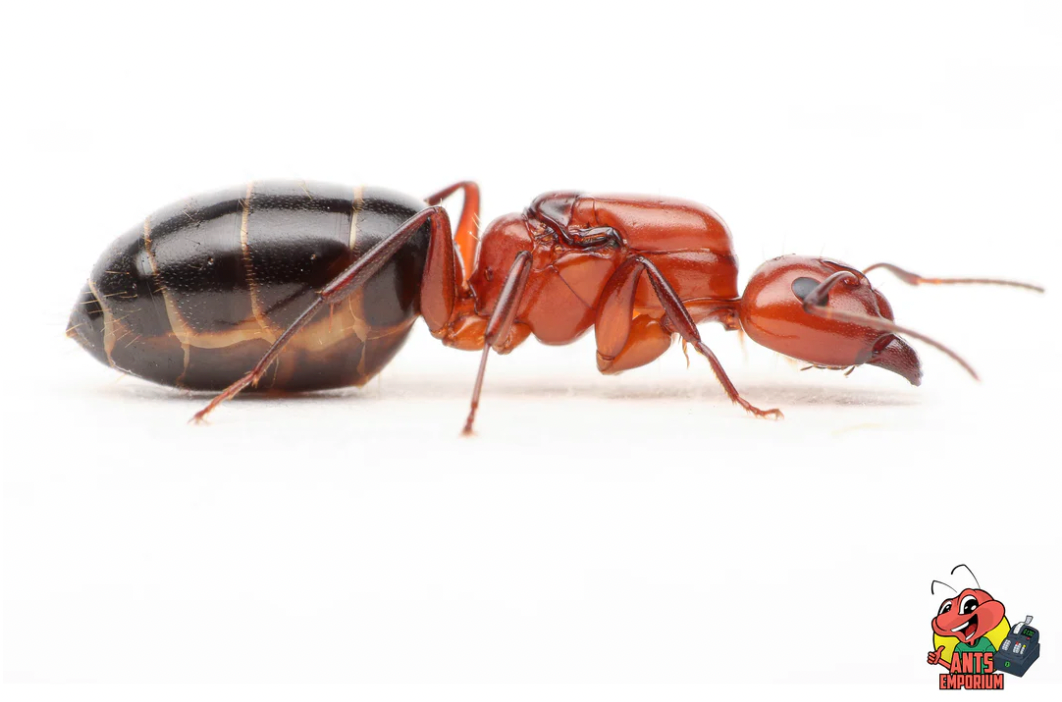
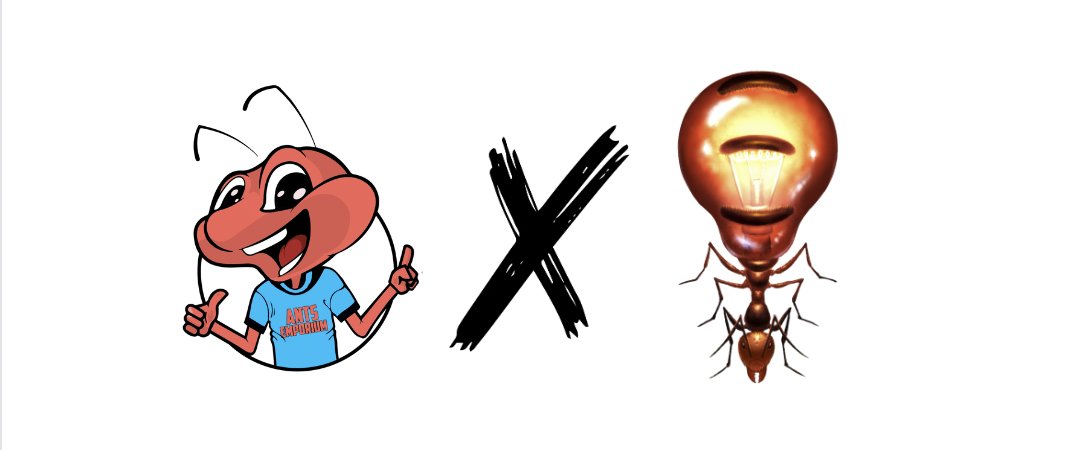
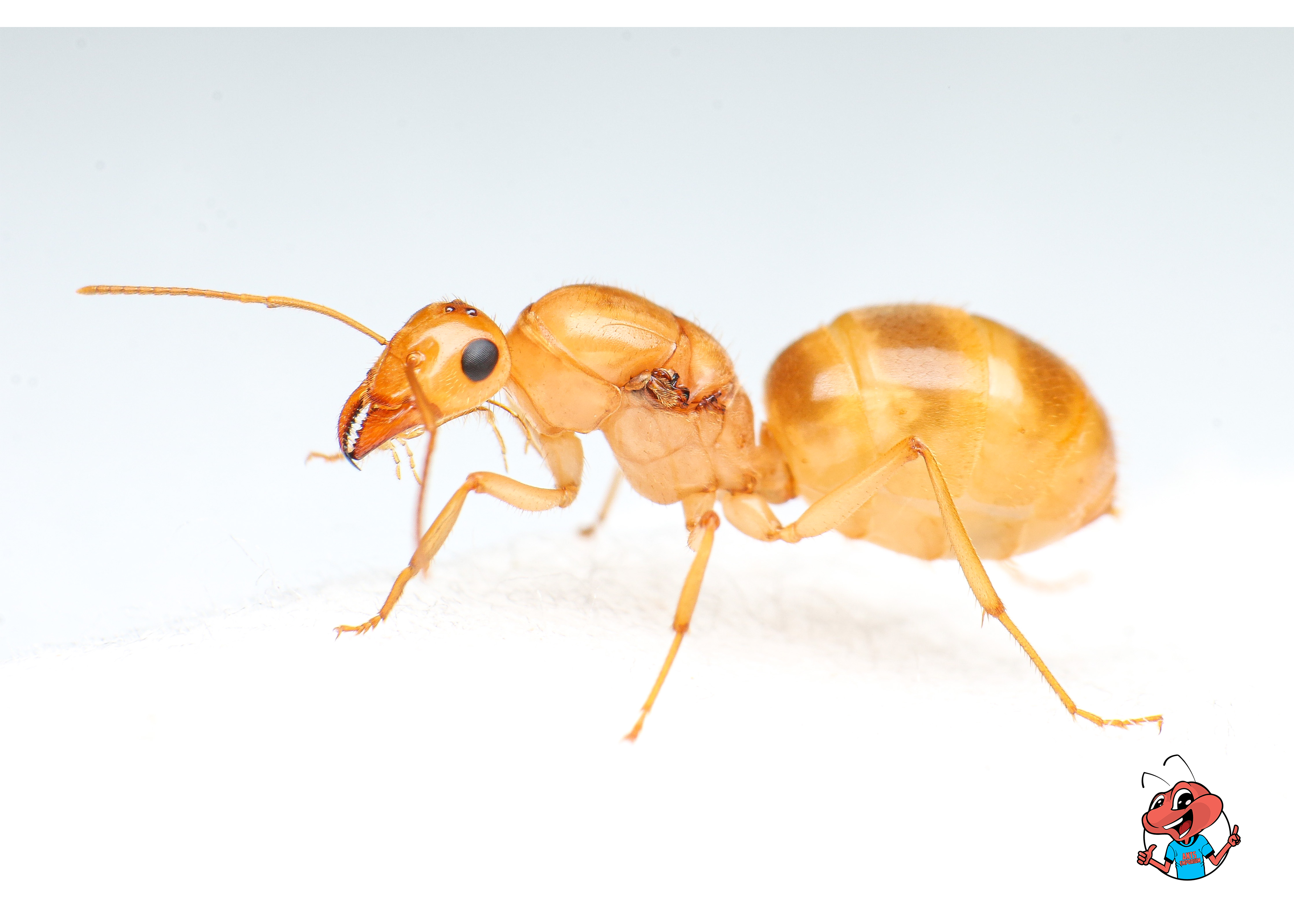
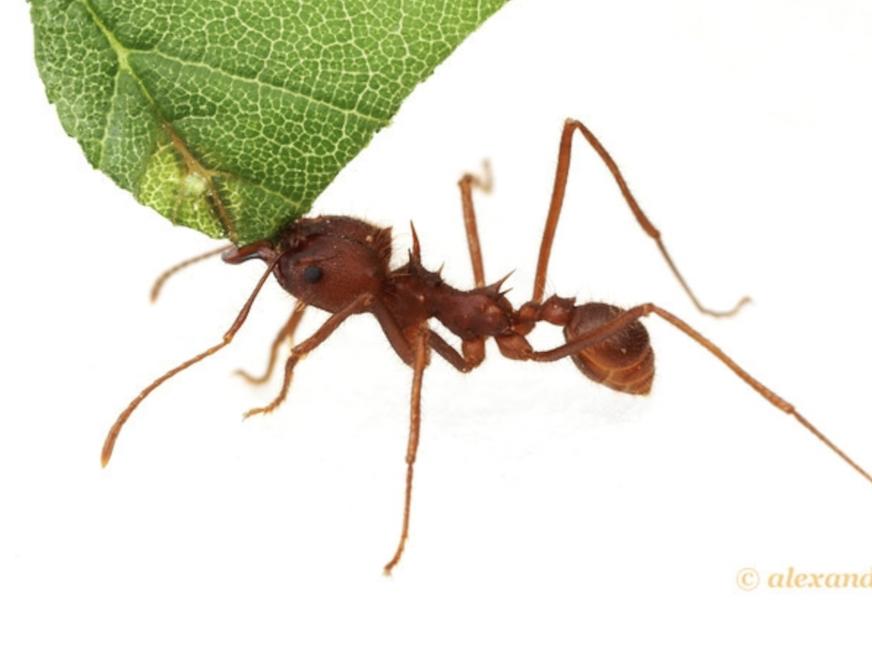
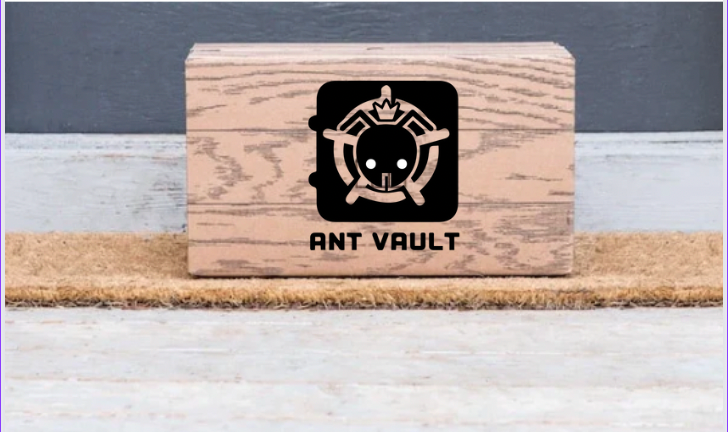


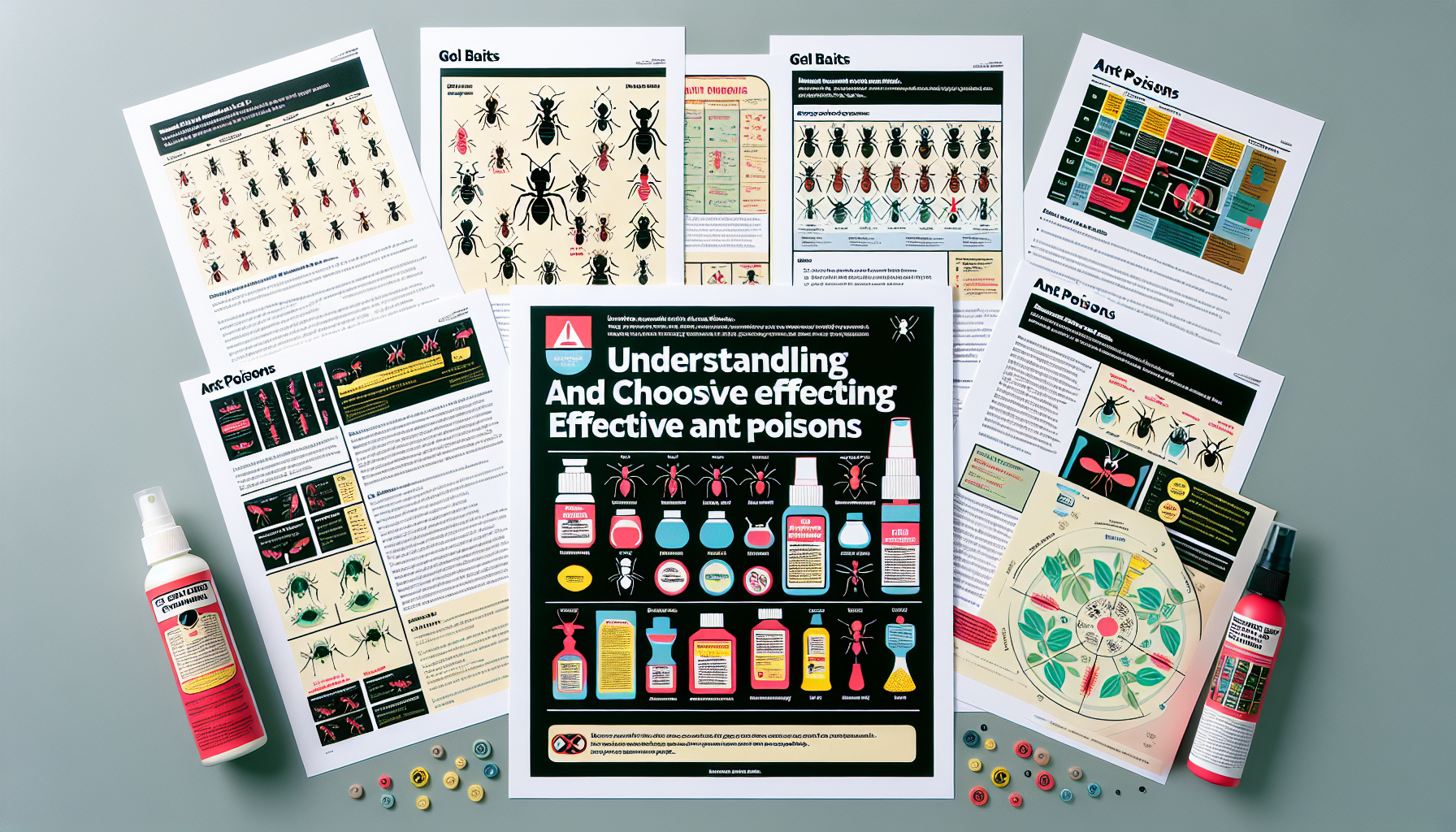
Leave a comment